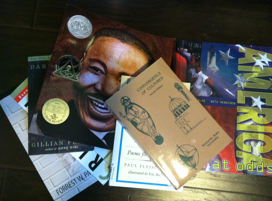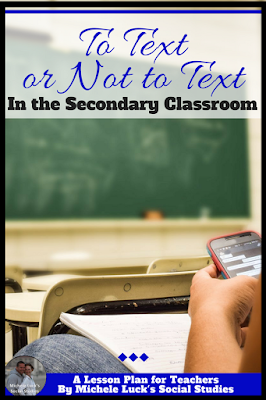
When I first stepped into the classroom, I had a choice of textbooks. My first year had landed right at adoption time, and I was lucky to be presented with choices. And then I opened the covers. What I found inside not only bored me, but it appalled me in some instances. And what was even more disturbing was what I didn’t see. There were very few women, positive entries on African-Americans, and literally nowhere were any other “out of the norm” groups. And Native Americans were only seen in two categories: Weak and dependent or aggressive and violent. As a social historian, I asked the question, “Where are the stories of the people?”
And that was just U.S. History. If there were this many errors or omissions in U.S. History textbooks that were written by American publishers, what would be incorrect or ignored in my World History text? And then, more importantly, how would I know? I wanted it to be different for my students. It became my mission to teach them to question what they learned, rather than teach them to accept what had become the standard.
So, how can you teach without textbooks? Here are a few tips:
- Fill your classroom with images. I LOVE images, and they represent the reality of the times, not just an outsider’s perspective.
- Collect books on every topic you teach. These can be grade level books, such as The Triangle: The Fire That Changed America, or it can be books you will read to the class just to show a perspective or to introduce a topic, such as The Lorax to introduce the theme of Human-Environment Interaction in Geography.
- Scour local and national museums (the Smithsonian and LOC will send you hard copies of primary sources for FREE) for primary sources to allow your students to analyze history.
- Bring in contributors who actually lived history, and allow your students to investigate the past through their eyes.
- Encourage oral histories, either viewed from museum collection internet feeds, or from family and friends of the students in your classes.
- Gather teacher-created resources and activities to tech the content, but to also teach your students the process of investigating history and questioning everything they learn.
And then, there is the option of using the textbooks you have been gifted in your classrooms. Do not let them collect dust. Instead use them as a resource. As JUST ONE of the resources you will introduce for each topic you teach. Utilize the pictures, the charts, and some of the prompts. But first, teach your students that the text is never the know all, be all. It is simply a secondary source, created to provide an outline of the history those before us thought was important to teach to America’s youth.
Do you need some of those teacher created resources? Or activities that encourage the use of primary sources or of questioning of history? Visit My TpT Store for great resources on American History, World History, Geography and more!

Happy Teaching!